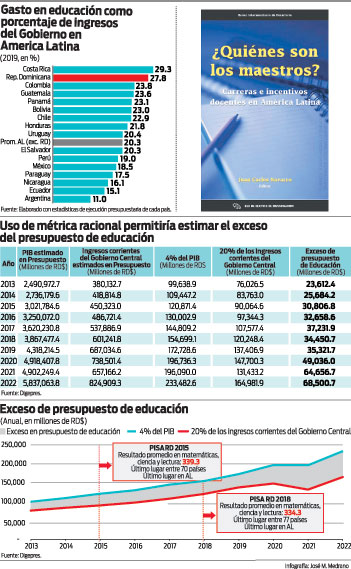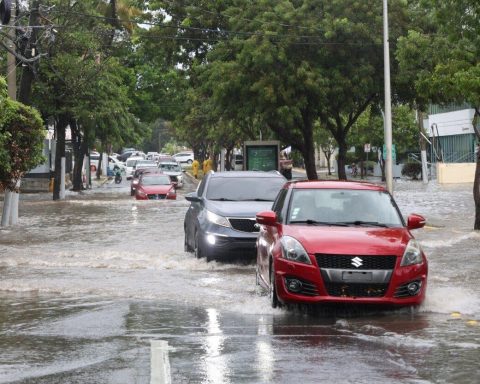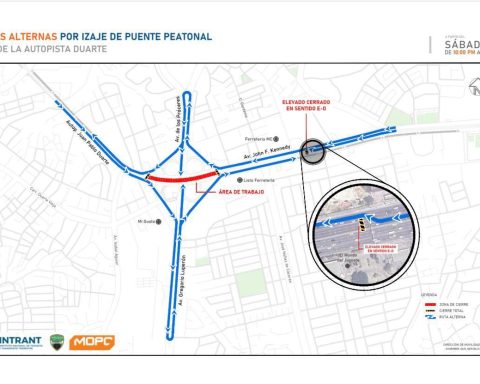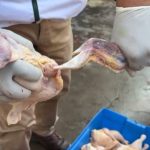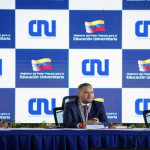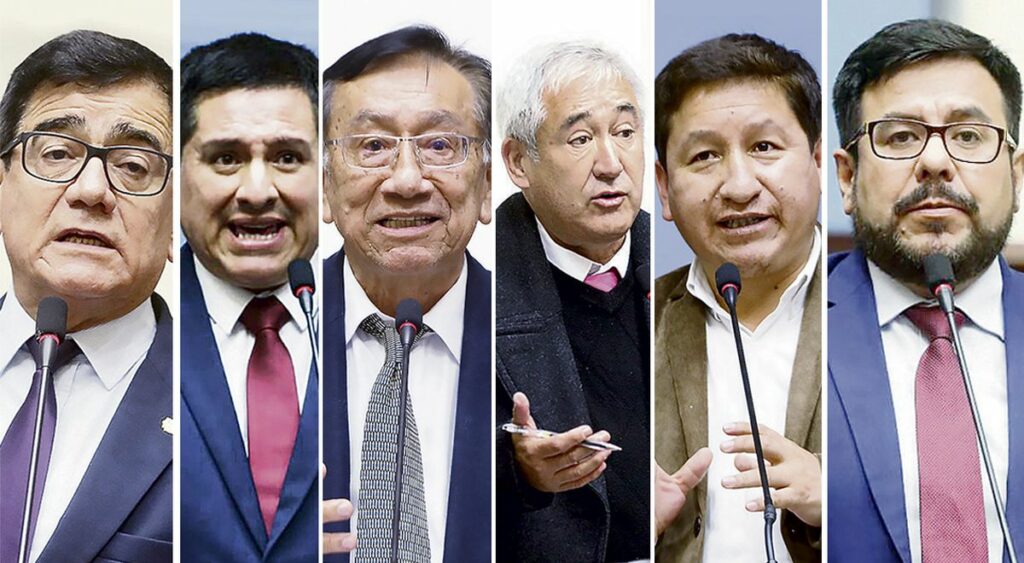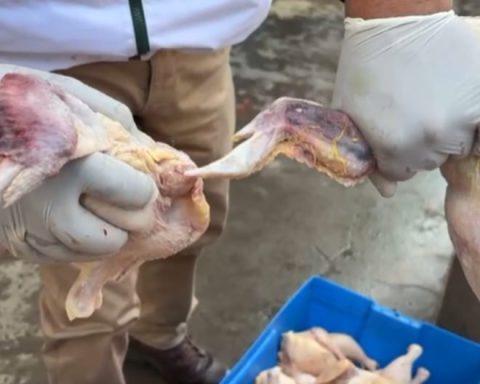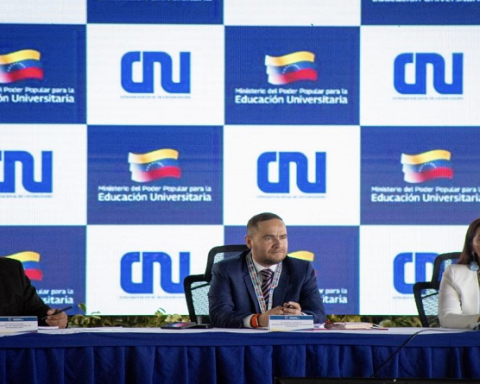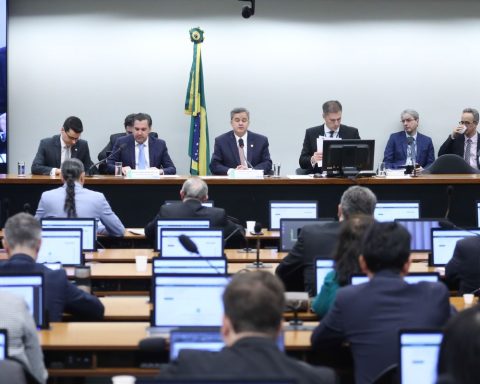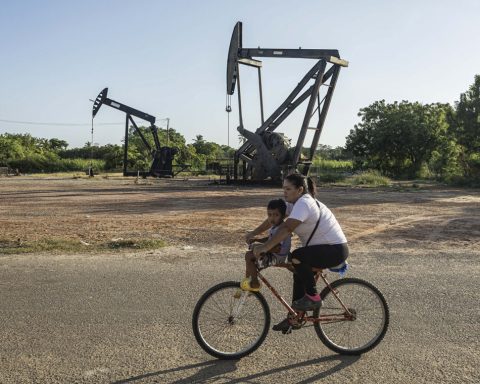All, except the then President of the Republic, Leonel Fernández, were ordered to parade on September 7, 2011 in one of the halls of the Santo Domingo Catholic University, to sign the commitment through which the 10 candidates for the presidency, including Hipólito Mejía of the PRD and Danilo Medina of the PLD, committed to fulfilling the mandate of Law 66-97 General Education to invest 4% of GDP in education. Nice show. The less preferences the candidates registered in the polls, the lower the 4% were; one, whose party received just over 11,000 votes, called for it to be increased to 6%. The threatening parade was induced by the pressure of the yellow society that, in a country characterized by a huge lack of understanding and analysis capacity, had managed to dye the main urban centers in a color used throughout the world (accompanied by letters, numbers and black symbols), as a warning sign because there are risk factors nearby that can be dangerous. None could refuse to sign because this could lead to his defeat in the upcoming May 2012 elections, even more so when the polls began to close the gap between the two main candidates.
On November 5, 2012, we published an article in El Caribe entitled “Let’s avoid discrediting the 4%”, in which we warned that forcing a government that barely received current income equivalent to 13% of GDP, to “invest” 4% of GDP in education it was nonsense. We point out that, at that time, Latin American governments received average current income equivalent to 26.6% of GDP and invested, on average, 5% of GDP in education. We indicate that, “after investing 5.0% of the GDP in education, the governments of the region have 21.6% of the GDP of income left to cover all the other responsibilities of the State.” The Dominican, however, would barely have 9% left. We pointed out that a pact was necessary to “address the country’s greatest deficit at the moment, that of quality teachers.” Warning that if we did not hire a minimum of 5,000 teachers from abroad every year, we end up discrediting the 4%. Jaime Aristy and the author of this article had recommended the same thing 20 years ago, in a study for the IDB contained in the book “Who are the teachers? Teaching careers and incentives in Latin America”, edited by Juan Carlos Navarro in 2002.
On February 26, 2018, we published in El Caribe the article “4% of GDP or 20% of Government revenues”, in which we pointed out that “educational populism has put a straitjacket on public finances that is only possible to support with annual injections of deficit and public debt. The strongest demonstration that can be offered that 4% of GDP constitutes an unbearable straitjacket for public finances is the extremely high absorption of government revenues that gobbles up public education.” In that publication we show the photo corresponding to 2016. The research team of the Fundación Economía y Desarrollo updated the graph this week with the data for 2019, the year before the pandemic. Nothing has changed. The countries of Latin America, excluding the Dominican Republic, allocate 20.3% of the current income of governments to education. The Dominican Republic, under the 4% straitjacket that the yellow society placed on the government, ended up allocating 27.8% of the government’s current income to education, 7.5 percentage points more than the average for the region, surpassed only by Costa Rica (29.3%), a country that could do so by having current government revenues that in that year reached 23% of GDP.
Forcing governments to rigidly allocate resources in percentages of GDP to certain areas, when this is not a variable under the control of the Government, is nonsense. The rational, sustainable and sensible thing to do would be to use a rule or metric for allocating public spending on education based on the current income of the Government, since that is the appropriate variable for these purposes. If we use the average of 20% of the current income of the governments of Latin America, it is possible to estimate how much the pressure of the yellow society has cost public finances between 2013 and 2022. A table and a graph present the answer. Between 2013 and 2022, it has cost between RD$23,612 and RD$68,501 million per year. In other words, measured in relation to the nominal GDP that the Central Bank finally calculated for each year, the annual cost of excess spending caused by an absurd metric ranged between 0.8% and 1.2% of GDP. Add the annual costs of the first 10 years of the yellow rule and you will see that it reached 9.7% of GDP. What does this mean? That of the increase of 18 percentage points of GDP that the debt of the non-financial public sector has exhibited between 2012 and 2022, little more than half has been induced by the excess of public spending on education that forced the yellow society in 2011 so that As of 2013, the government embraced the commandment of 4% of GDP as if it were the eleventh that God forgot to pass on to Moses.
I know that just over 99% of Dominicans must be tearing their hair out for the content of this article and I understand it. Have the RD$402 billion overspent on education, between 2013 and 2022, been able to improve the quality of education by using 4% of GDP as a metric instead of a more appropriate and reasonable rule, such as 20% of current government revenue? Let the PISA test answer us. In 2015, we obtained an average result in math, science and reading of 339.3 points, the last place among the 70 participating countries and among Latin American countries. Three years later, PISA 2018 indicates that we dropped 5 points in the grade, falling to 334.3, with which we retained last place among the 77 participating countries and among Latin American countries. Covid freed us from PISA 2021, since the test was postponed for this year. Some will say that 10 years is not long enough to assess whether 4% has been effective in improving the quality of Dominican education. They may be right. Rest assured that as long as a true educational revolution is not carried out that, like the tariff that Balaguer executed in 1990, dismantles the protectionism enjoyed by the inefficient Dominican teaching industry and that rents tens of thousands of deficient teachers and entities that supposedly train them , we are not going to improve the quality of Dominican education. Either we import qualified teachers from abroad and retire in advance many deficient teachers from the public system who have 2.5 million children kidnapped in ignorance at the initial, primary and secondary levels, or PISA 2031 will show us that we are still in the queue of the world. Teachers without the capacity to teach 2.5 million boys and girls is similar to the abusive effect that the high pre-1990 tariffs had on the 7.3 million consumers of that time. If we don’t import teachers, let’s prepare to continue wasting resources in one of the worst educational systems in the world and forcing governments to go into debt every time to achieve it.
